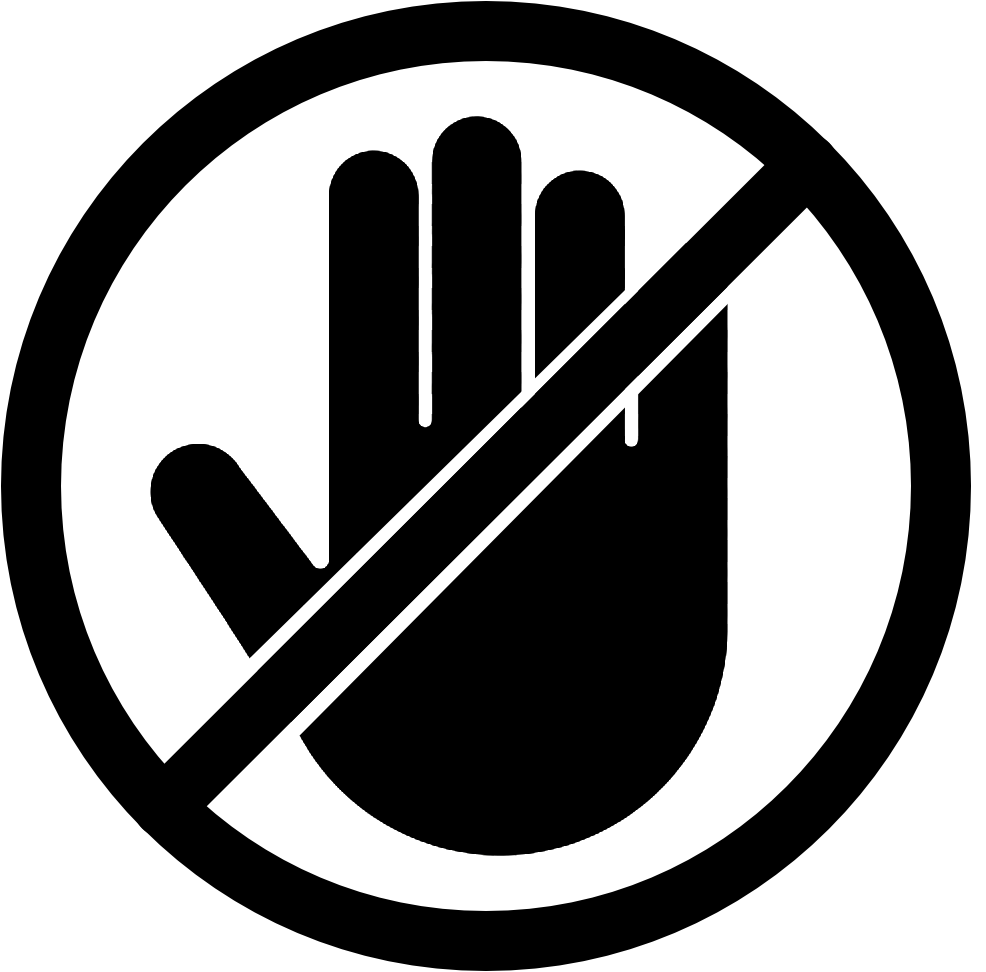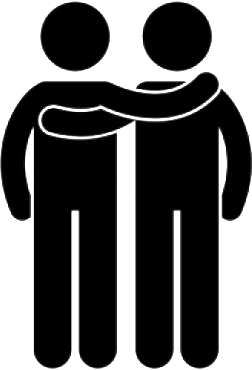Be Safe-ish, Be Paranoid, Stay Crotchety
being the P&C safety doc
This document applies to all our games, regardless of specific game rules and mechanics, which is why it's going to sit right here. Safety tools aren't within the magic circle; rather they help create it.
A bit of philosophy first: players are more important than games. And yes, safety tools are useful. But no safety tool is perfect, nor a substitute for open out-of-character communication. If you need to drop character and move beyond the tools mentioned here, with either another player or a GM, do it. They're shorthand and/or emergency signals, not complete solutions.
Touch Stickers
wait, whose hand can I shake again?
So banning physical contact in a game kinda sucks, but not having a way for a player to indicate they're not comfortable being touched sucks too. And we could do that thing where we go around the circle before game and say what amount of physical contact we're comfortable with, but we'll feel put on the spot and then we'll forget it all five minutes later anyway and default to awkwardly shaking hands. Which also sucks.
Thus: stickers. They come at three standard levels. Grab one before the game starts. We recommend putting it on the plastic thingie that holds your name badge: it'll stick better than it does on clothes and you won't lose it if you switch name badges. (They peel off the plastic just fine.)
 |
No touch: what it says on the tin. Red background. |
 |
Office touch: handshakes and the "uh please excuse me" arm touch are okay. Think what you might do with a relative stranger or at work. Yellow background. |
 |
Huggy touch: hugging, shoulder-draping, general cuddliness, all good. Green background. |
Any sticker represents your default level of comfort with physical contact with every player in the room. If somebody's okay with huggy touch and your character wants to hug theirs, you can just go in without breaking scene: that's what the stickers are for. But they are not absolute. You can change your sticker during game, and you can always negotiate up - or down - with specific players or in specific scenes.
We'll have sheets of these available at the start of any game. (Unless we forget them, in which case you'll have to write it on your badge like it's 2010.) There will also be blank versions of the default levels, with color background and icon but no text, in case you want to write in some notes. A green hug sticker with a note of "watch left knee," for example, if you've got a spot you need people to avoid.
Open Door & Look Down
lemme out, lemme out
Again, players are more important than games! You're not locked in. The door is open any time. It'll be helpful to the GMs if you let us know if you don't intend to return to game. That way we can do whatever we're gonna do to adjust the game.
If you need to simply remove yourself from a scene - whether to leave the game or just take a break - there's a very simple signal in pretty common use called "look down." Just shield your eyes with one hand and duck out of the scene, and perhaps say "dropping scene" if somebody doesn't see the gesture. The intent is that the other players adjust to your character not being there and continue playing without interruption. If you need to calibrate or stop that scene instead of leaving it, well...
Check-In
a common tool that we're MacGyvering
First off, yup, it's not really the OK check-in anymore. Because fuck Nazis is why.
Second, we know hand signals work well for many people, but they also carry their own accessibility issues. Even beyond accessibility, some people personally find a hand signal more disruptive to play than a verbal check-in. Please acknowledge either verbal or hand-signal check-ins, and use whichever (or both) you prefer or need to in the moment, whether for your needs or somebody else's.
Third, please use signals proactively if you need to! You don't need to wait for a check-in.
The signals themselves:
Check-In - Hand signal: an O (all fingers together) in the middle of your chest. Verbal: "Player check-in." Use this if you're worried that somebody else might be in genuine distress and not just happily crying on the floor in-character.
Fine - Hand signal: a thumbs-up in the middle of your chest. Verbal: "Player fine." Use this if you are in fact just happily crying on the floor in-character, or whatever else it might be.
Not sure - Hand signal: a flat hand, palm-down, in the middle of your chest. Verbal: "Player not sure," or whatever else you need to say. Use this if you need a moment to sort yourself out or if you need to calibrate a scene. If you as a player get this signal, calibrate and adjust play as needed: consider it a soft stop to the scene.
No - Hand signal: a thumbs-down in the middle of your chest. Verbal: "Player no." During play, this is a hard stop to the scene, and if you get this in any context, you should probably drop character entirely and do what you need to do to help the other player.
Miscellaneous Tools
the ones in the back of the kitchen drawer
It's been a while since covering your name badge officially meant that you're speaking out of character, but if somebody slaps their left tiddy like a laughing Chris Evans and drops character, that's why. Holding up crossed fingers or holding a fist to the forehead mean the same thing in other communities, and players sometimes also use those.
If somebody shouts "caution" or "emergency," stop play around them and check in. They're common enough game-stops in some communities, especially for medical problems, that we'd like to respect them if they happen on reflex.
We've also used the "cut" and "brake" safewords in our games in the past. These are straight-up deprecated: they're in less common use now, and they're somewhat confusing. But if you hear them flying around for some reason, cut means to stop the current play entirely, and brake means to back off on the intensity of it.
